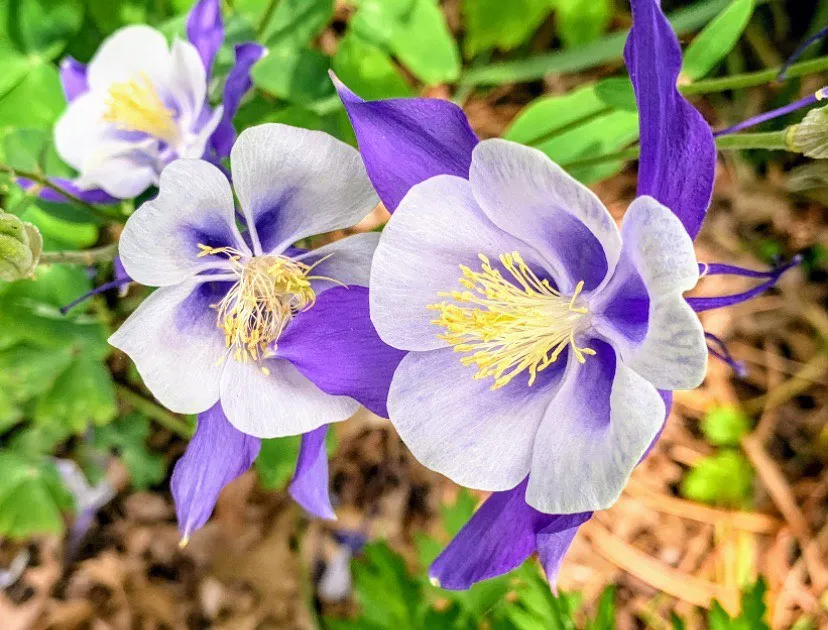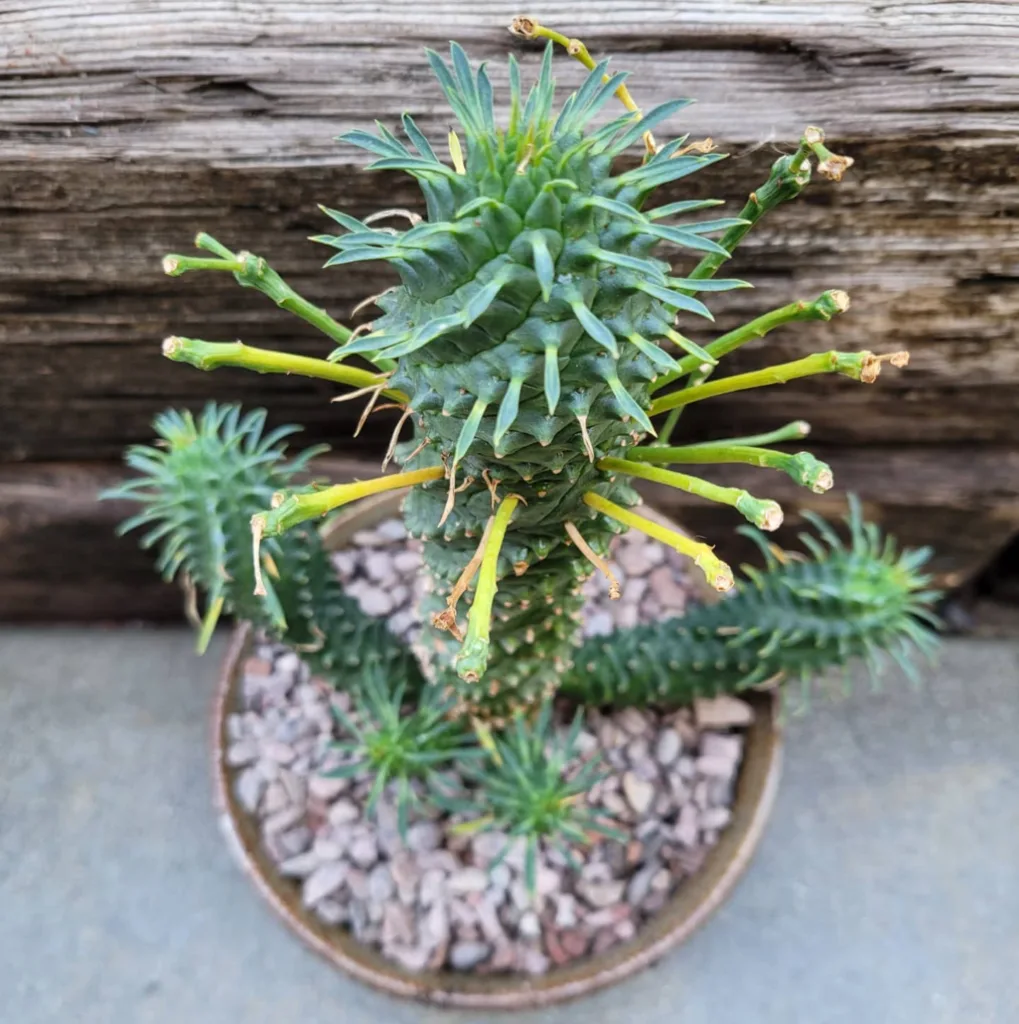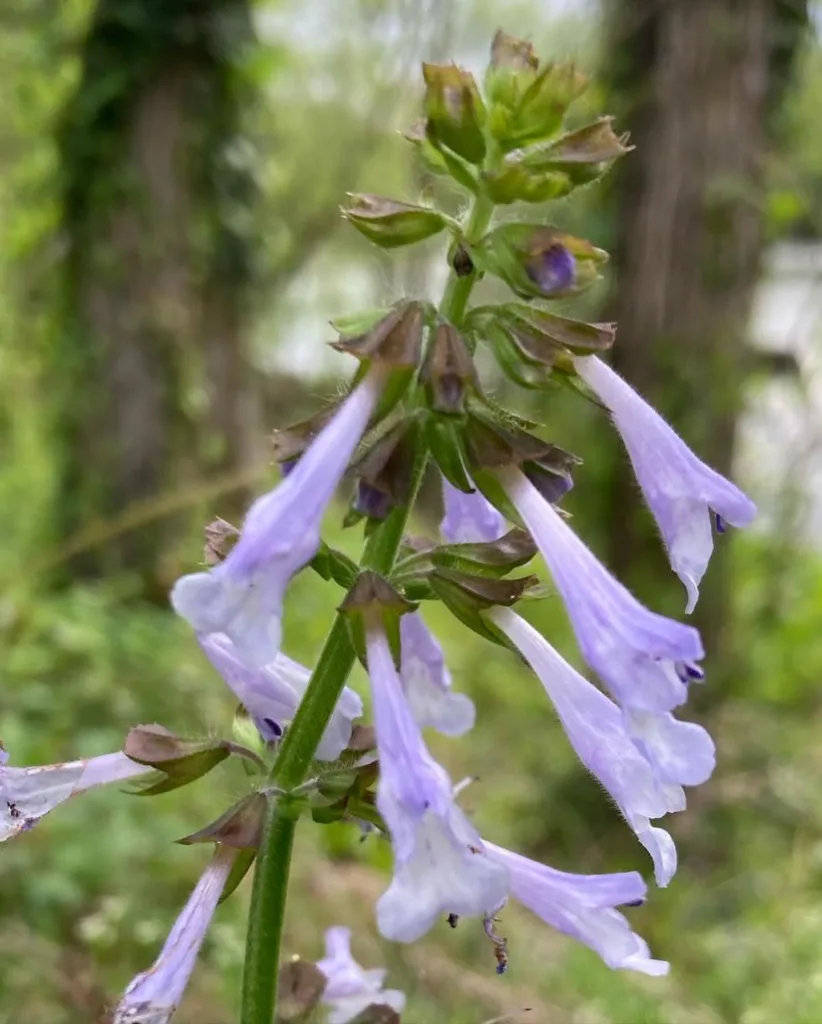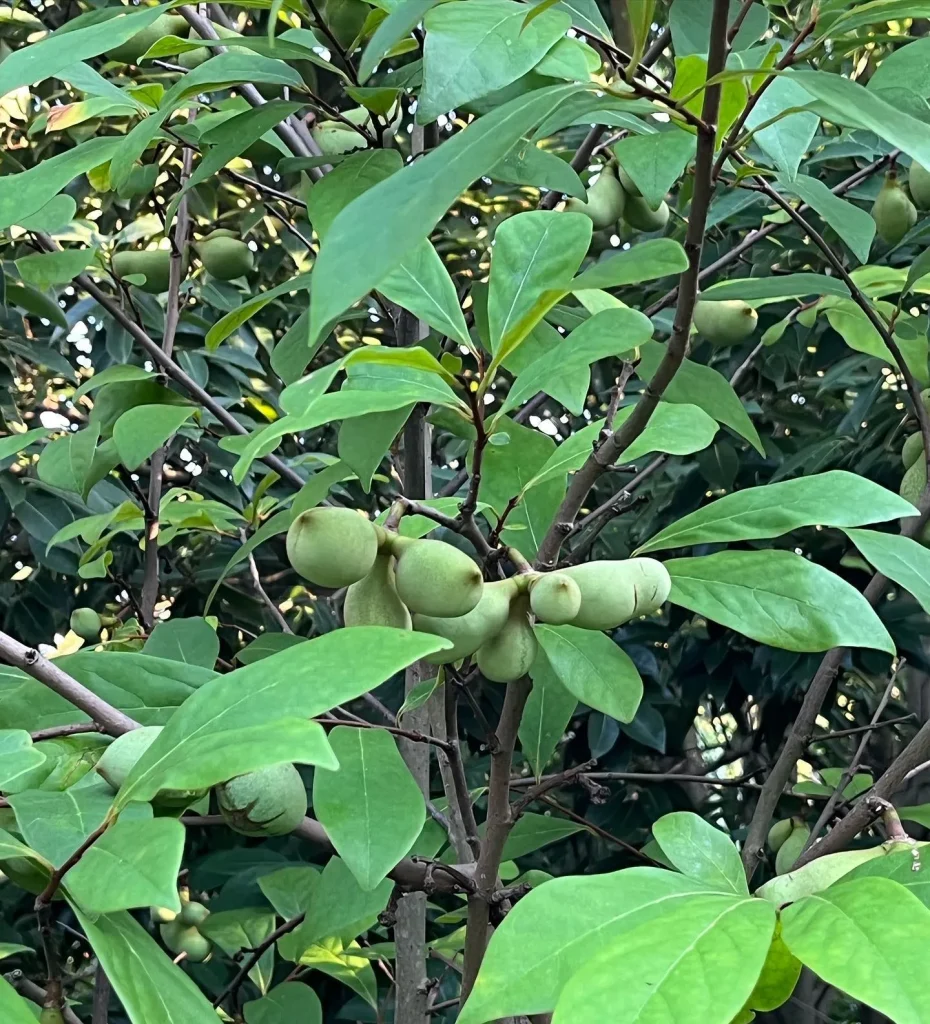FAQs About Nepenthes Epiphytica: Everything You Need to Know
When I first stumbled upon Nepenthes Epiphytica, I was fascinated by its unique carnivorous nature and stunning appearance. This plant, also known as the “epiphytic Nepenthes,” is a true gem for any plant enthusiast. If you’re considering adding this species to your collection, you might have a few questions. In this article, I’ll answer the most frequently asked questions about Nepenthes Epiphytica, based on my personal experiences and observations.
Plant Family: Nepenthaceae – 207 Species in Genus Nepenthes
What Is Nepenthes Epiphytica?
Nepenthes Epiphytica is a type of tropical pitcher plant that thrives in the humid, high-altitude regions of Southeast Asia. Unlike some other Nepenthes species that grow in the ground, Nepenthes Epiphytica is an epiphyte. This means it grows on other plants or trees, using them for support rather than nutrients. Its elongated, tubular pitchers are designed to trap and digest insects, making it a fascinating plant to study and care for.
How to Care for Nepenthes Epiphytica?
Caring for Nepenthes Epiphytica can be a rewarding challenge. Here are the key aspects you need to consider:
- Light: Nepenthes Epiphytica thrives in bright, indirect light. It prefers conditions similar to its natural habitat—dappled sunlight filtering through trees. In my experience, a spot with bright, indirect light or a grow light set to mimic these conditions works best.
- Temperature: This species enjoys cooler temperatures, typically between 70-85°F (21-29°C) during the day and 50-70°F (10-21°C) at night. Maintaining these temperatures can be crucial for its growth and pitcher production.
- Humidity: High humidity is essential for Nepenthes Epiphytica. Aim for 50-70% relative humidity. In dry climates, using a humidifier or placing the plant in a terrarium can help maintain the right humidity levels.
- Watering: Use distilled or rainwater to keep your Nepenthes Epiphytica hydrated. Avoid tap water, as it can contain minerals and chemicals that are harmful to carnivorous plants. Keep the soil moist but not waterlogged.
- Soil: A well-draining, acidic soil mix is vital. I use a blend of sphagnum moss, perlite, and orchid bark. This mix mimics the plant’s natural growing conditions and helps prevent root rot.
How to Propagate Nepenthes Epiphytica?
Propagation of Nepenthes Epiphytica can be done through several methods, but it requires patience:
- Cuttings: The most common method is taking cuttings. Select a healthy stem with a few leaves and a node. Dip the cutting in rooting hormone and plant it in a sphagnum moss or perlite mix. Keep the cutting in a high-humidity environment until roots develop.
- Seed: If you have access to seeds, you can start Nepenthes Epiphytica from seeds. Sow the seeds on a surface of moist sphagnum moss or a peat-based mix. Keep the seeds warm and humid until they germinate.
What to Plant with Nepenthes Epiphytica?
Nepenthes Epiphytica pairs well with other tropical plants that have similar care requirements. Some great companions include:
- Sphagnum Moss: Not only does it help maintain humidity, but it also provides a natural aesthetic and supports the plant.
- Orchids: Many orchids have similar humidity and light needs. They can complement the Nepenthes Epiphytica and enhance the overall look of your setup.
- Bromeliads: These plants can add color and texture to your arrangement. They often thrive in the same conditions as Nepenthes Epiphytica.
Common Issues and Solutions
- Pitcher Loss: If your plant is losing pitchers, it could be due to low humidity, incorrect watering, or stress. Ensure proper care and try to adjust the environmental conditions.
- Pests: Watch out for pests like aphids and scale. Regularly inspect your plant and use insecticidal soap or neem oil if needed.
- Mold and Rot: Ensure good air circulation around your plant to prevent mold and rot. If you notice mold, remove affected parts and improve ventilation.
Final Thoughts
Nepenthes Epiphytica is a captivating plant that can add a touch of exotic charm to any plant collection. By providing the right care—bright, indirect light, high humidity, and a suitable soil mix—you can enjoy watching this plant thrive. Whether you’re propagating it or pairing it with other tropical beauties, Nepenthes Epiphytica offers a rewarding experience for plant enthusiasts like me.
If i die, water my plants!



